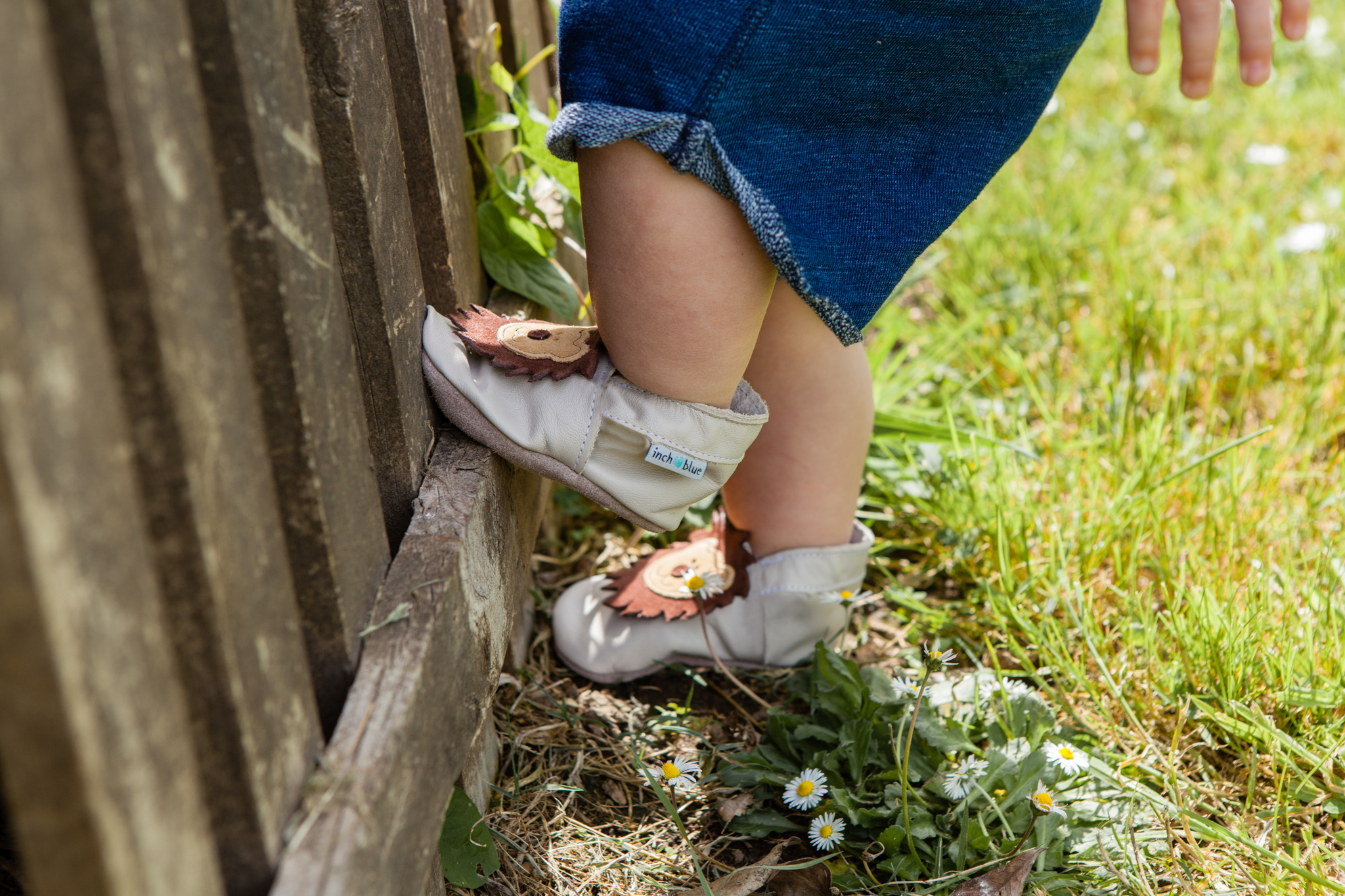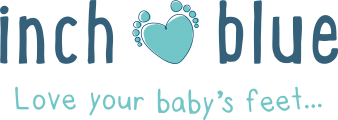Preparing for Those First Steps: Signs My Baby Will Walk Soon

Most parents, especially new ones, are eagle-eyed when it comes to spotting the various stages of their little one’s development. From their first smile to their first word, your baby’s first year is filled with exciting times for new parents. All the nurturing and care of those challenging first few months starts to pay off and you begin to see your child’s developmental progress.
When it comes to a baby's first steps, we’re full of anticipation and excitement as parents, wanting to ensure our baby is safe and supported when learning to walk. So, how can you get ready for the next stage on from crawling? Are there any clues to look out for when it comes to spotting an almost-mobile toddler? What are the signs your baby will walk soon and be ready to progress from their pre-walker shoes?
Signs your baby will walk soon
This article will run through how to encourage your baby to walk and the physical milestones they need to achieve before they get firmly on their feet. We’ll give you an indication of what to notice when your little wobbler is about to turn into a little stomper. Ironically, it all starts with sitting!
Sitting independently
- The ability to sit starts with a stable head. Babies will begin to hold their heads steady around 4 months of age. A couple of months later, with a little help and encouragement, your baby may begin to sit upright.
- This ability to sit unaided is a precursor to walking. Most babies can sit without support around the age of 7 to 9 months, although every child develops at their own pace.
- By around 8 to 9 months old, many babies can sit up well without needing any help. Playing with toys, rolling a ball, or stacking and sorting shapes can help the self-stabilising skills needed to sit up strongly.
So, while sitting isn't walking, it is a foundational skill that develops core strength in the back and abdomen to help with your baby’s balance and posture once walking is underway.
A seated baby learns to twist and move at the waist which is essential for coordinating leg movements further down the line. Sitting for active play will also strengthen legs and hips as babies push down or scoot forward. All these elements are vitally important for developing the muscles and balance they need to take their crucial first steps.
Crawling before walking
Crawling is the first sign of increased mobility on the road to walking for babies, who often learn to crawl or scoot between 7 and 10 months old. Some babies will begin crawling as early as 6 months, while others may only start to walk as toddlers, taking fledgling steps on their first birthday!
-
Crawling is your baby’s first attempt at independent mobility. Some babies start with a hands-and-knees crawl, some comically scoot on their bums or army crawl on their tummies. No rules, any kind of movement is a good sign!
-
A move on from sitting - crawling marks increased physical development as a wriggling baby is developing muscles in their arms, legs, shoulders, and core. This also helps develop coordination and balance.
-
You can encourage your child to crawl by increasing tummy time and placing toys just out of reach, giving babies confidence to explore their surroundings and an increased curiosity about the world around them.
Some babies miss out on crawling altogether and go straight to pulling themselves up ready for walking. If that’s the case it won’t be long until they are ready to explore the world in toddler shoes.
Pulling up, cruising, and standing prior to walking
You might notice improved balance and coordination as your baby starts to pull themselves up on furniture to get themselves into a secure standing position. This is literally the first step to them being able to stand without support and one of the most important signs that your baby is getting ready to walk.
-
After they’ve figured out how to pull themselves up, babies will start cruising along the furniture. They will often use their hands to hold on as they move their legs and walk alongside sofas and tables with self-support.
-
Another thing to watch out for from babies who are getting ready to walk is the practice of standing on their own, without any support from you or the settee! Each stand may only last a few seconds, but they will be thrilled, and their confidence will grow showing their readiness for independent walking.
-
Both standing up and cruising give babies exercise as the muscles in their legs, especially the quads, hamstrings, and calves get a strengthening workout.
All these different pre-walking stages help babies learn to support their body weight and propel themselves forward. Holding on gives them a sense of security while they practise that vital forward-and-back motion.
Developing confidence and independence before walking
Once your baby has mastered standing and cruising, they will feel a sense of accomplishment and will develop self-belief in their own abilities. This can provide huge motivation towards walking without you holding their hands up.
Not only that, a cruising child or toddler can suddenly see the world from a new perspective and guess what, it’s far more interesting! The joy of discovering what’s new in the world can motivate babies to explore and move more which will help them to develop the skills needed for walking.
How to encourage your baby to walk
You can encourage your baby to walk by creating a safe and appealing space for them to practise and build vital foundation skills.
Clear the floor for tummy time and unaided sitting, initially. Once that’s been mastered you can clear the carpet of toys and trip hazards to encourage first steps on soft surfaces offering a gentle landing for tumbling toddlers.
A sofa, low coffee table, or a series of chairs at a good height are the perfect at-home activity ‘gym’ for your baby to hold on to and cruise the room with balance.
You can also help them to learn how to shift their weight. Simply hold out a toy or book and see how they transfer their weight from one leg to another when reaching forward to take it. This increases their balance and core strength in preparation for taking steps in their new soft baby shoes.
When waiting for signs that your baby will walk soon it’s important to be patient, supportive and positive as your child moves through all these exciting and natural stages. Don’t compare your child to another. Just observe their unique progress, smile, praise and cheer them on to try again as they start gaining confidence with every step, wobble, and tumble.
Baby shoes from Inch Blue
Prepare your little one for those first, all-important steps with Inch Blue shoes. Our soft leather baby shoes have flexible soles to help mini cruisers get a good feeling of the ground beneath them, improving their balance, stability, and ultimately their confidence. Choose from our adorable selection of styles to find the perfect pair of barefoot shoes to express their little (or big) personalities with engaging characters and precious designs.
